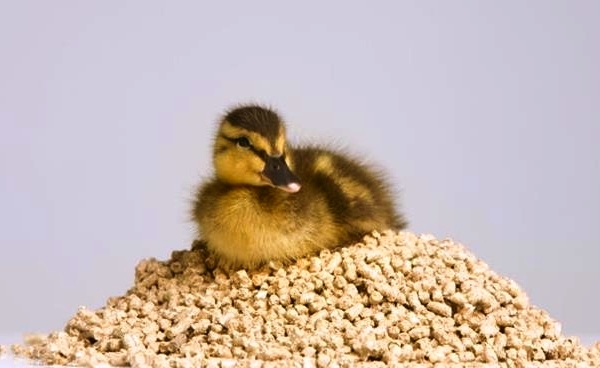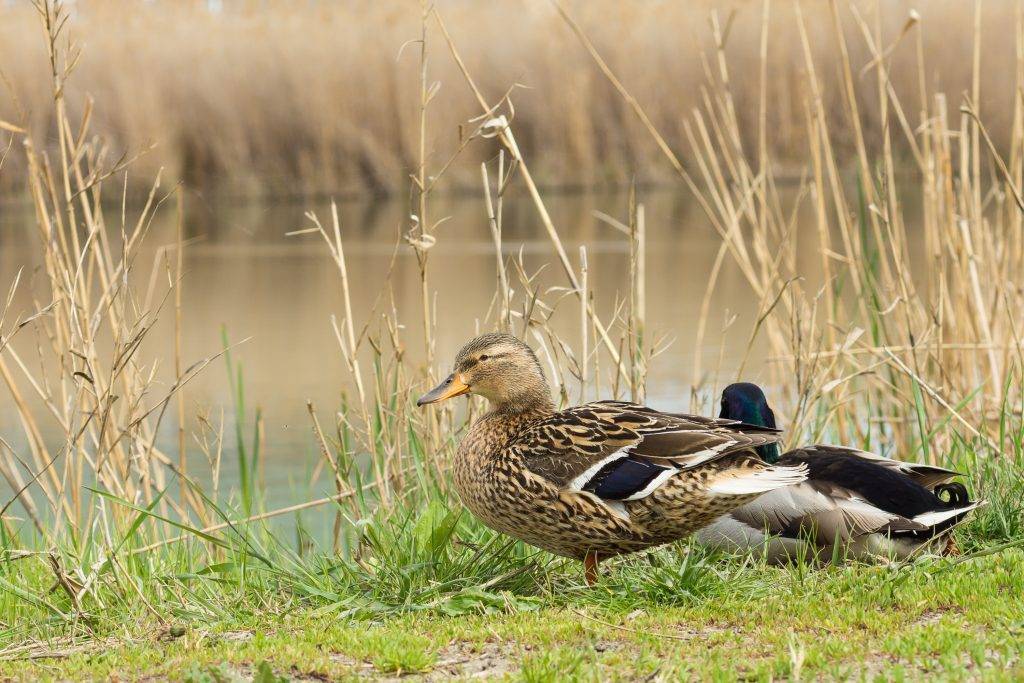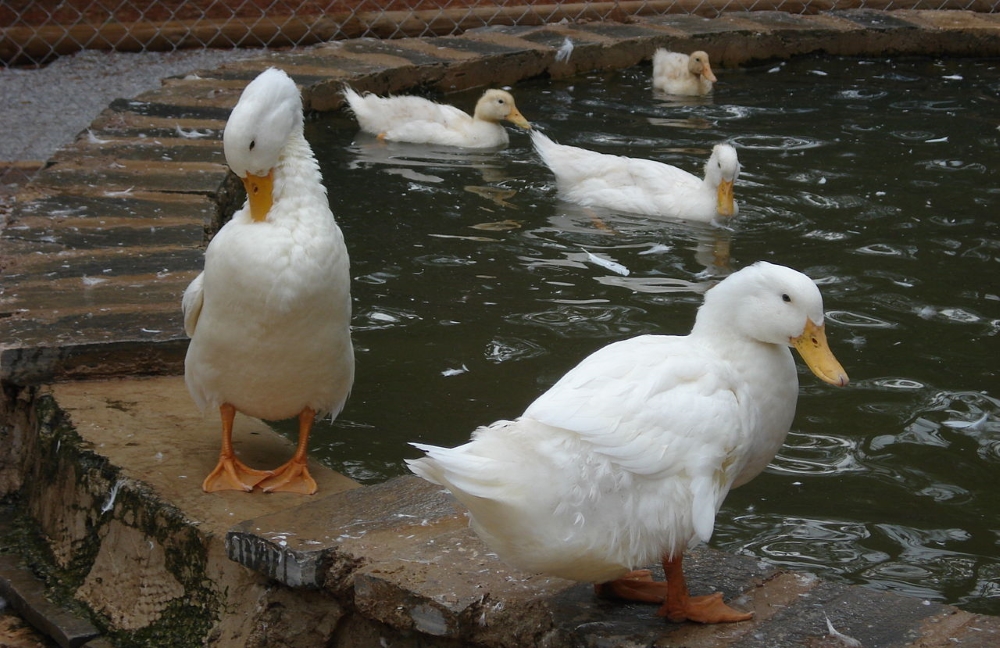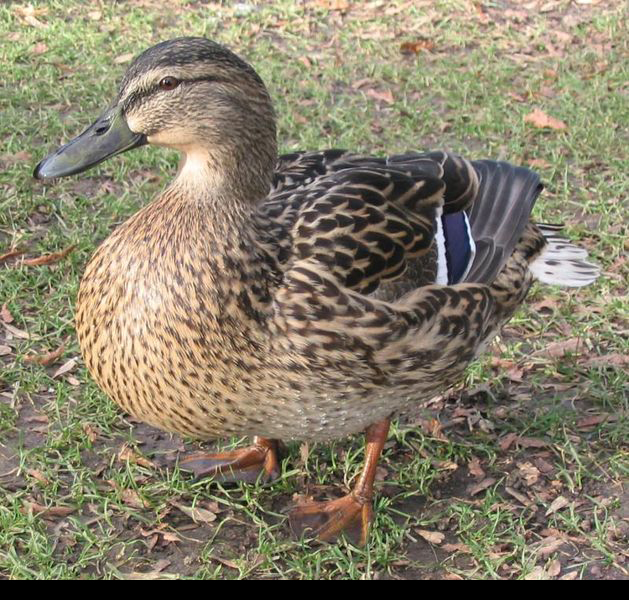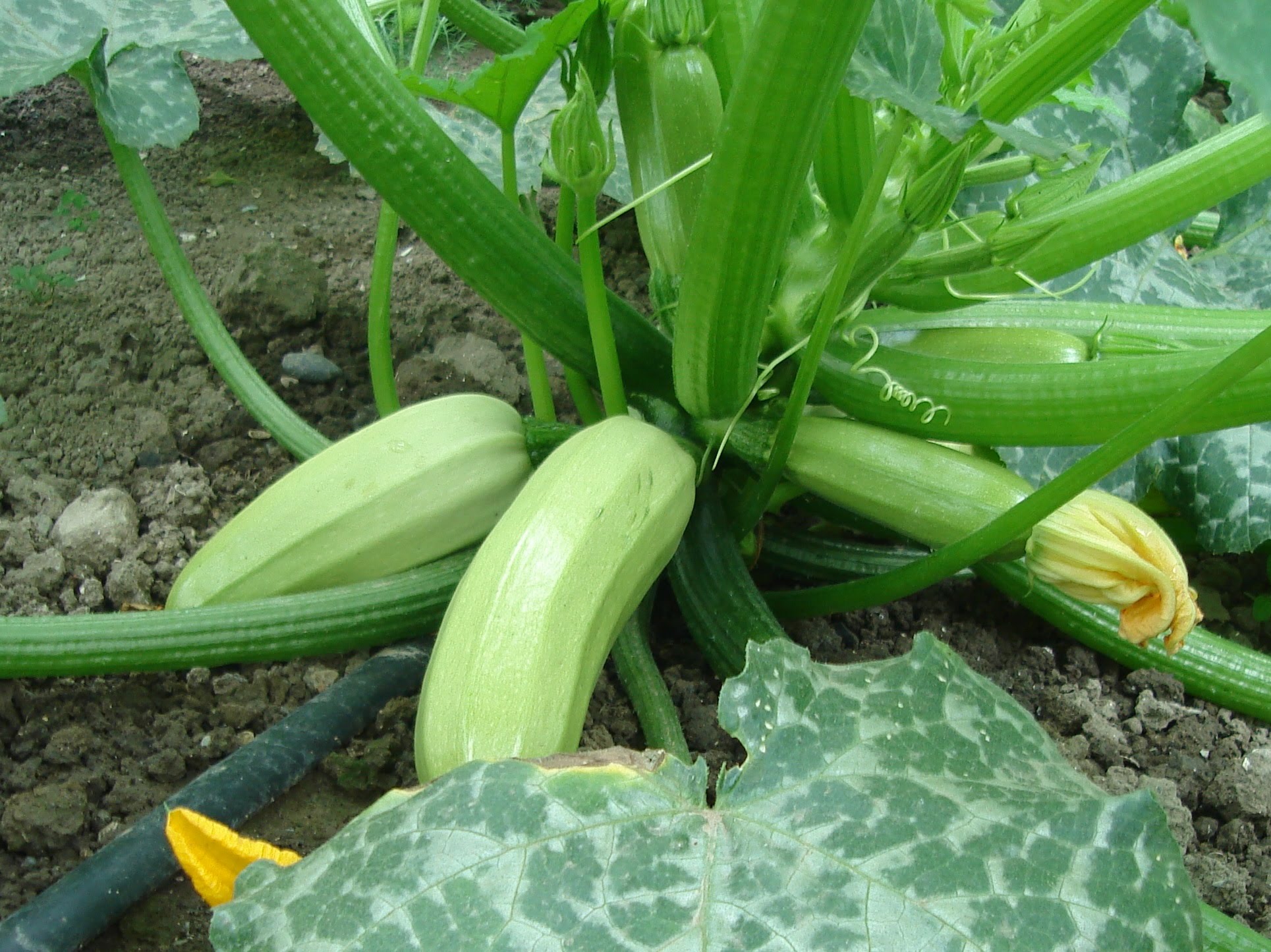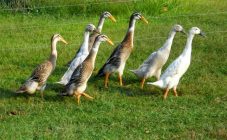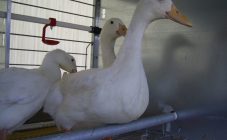Content:
Many breeds of ducks are difficult to divide into females and males. If you do not delve into how to distinguish a duck from a drake by specific characteristics, it will be extremely difficult to determine. It will be especially difficult to identify the sex of small individuals. For definition, there are characteristic features not only in appearance, but also in behavior.
Briefly about the difference between adult ducks in terms of appearance
It is very important to learn how to determine the sex of ducks, as this will help to select the right ratio of females to males in the flock. Of course, the required ratio depends on the purpose of the poultry: for the purpose of obtaining meat, for egg production or for breeding a new generation. In any case, the correct selection will lead to increased productivity.
What are the external characteristics of male ducks:
- bright plumage, more saturated than that of females;
- large parameters;
- the frontal bone is wide and triangular in shape;
- a crest is visible on the neck;
- large beak;
- a goatee of feathers.
The frontal part of the male immediately expands from the beak, but in the female duck the features are smooth, and the frontal part has a trapezoidal shape.
The main differences between musky duck drakes and females
The muscovy duck is popularly called the mute. This breed is significantly different in appearance from its other fellow tribesmen: wide chest, powerful wings and limbs.
The name of the breed did not just come from the word "musk". It is believed that representatives of this species in adulthood begin to secrete fat with a specific musky smell through the pores.
Musk birds are popular with poultry farmers for a number of reasons:
- pleasant delicate taste of meat, which is considered dietary;
- the possibility of using eggs in cooking;
- Indoor does not need to equip a reservoir on the site;
- birds are couch potatoes, which minimizes the risk of losing a member of the flock due to a sudden departure.
External differences between drakes and ducks
The main external differences between males and females of this breed do not differ from other species and are as follows:
- The size. The male duck is always larger than the female. The difference in weight can range from ½ kg to 1 kg. The body of the drake is much wider and the rib cage is more developed.
- Feather color. Drakes look more noticeable against the background of females. And this is not without reason, since the most important thing for a female is taking care of the offspring and its protection, and a bright color can only attract ill-wishers. Males, on the other hand, have a very bright color, which attracts females.
- Features of the neck structure. Females have a graceful and relief neck, and in drakes this part of the body is more developed: strong and wide.
When musk ducks reach the age of three months, all of the listed external characteristics begin to appear, and it will be possible to determine their gender at a glance.
How to distinguish females from drakes by behavior
When determining the sex of birds, you should pay attention to their behavior. The most important difference here is that the "husband" of the duck always lets his companion forward. This also applies to walking on water and flying. The drake is kept behind or slightly to the side. During the period when the females incubate the eggs, the males alternately pass each other forward.
In addition, it should be noted that drakes behave quite aggressively in a pack. They fight other males for food or for the attention of females.
It is easy to isolate drakes during the breeding season. They acquire new plumage and are especially attentive to their chosen ones. New signs may appear that were previously invisible. These include a beard or mustache. To attract the attention of the female, the drake constantly revolves around them and arranges conflicts with other males. The mating season of ducks often passes with songs and dances.
Of particular importance in determining the sex of ducks are the sounds that these birds make. Females have a loud voice, but males, as a rule, hiss. It is not in vain that female ducks are endowed with a loud voice, because thanks to it they collect ducklings in a heap. But from drakes it is extremely rare to hear any sound.
Disadvantages of sex determination by bird appearance
Of course, the method of determining the sex of a bird by its appearance has a number of its disadvantages. And this is not surprising, since each breed has its own characteristics and distinctive features. This applies to features such as size and musculature of birds, color and plumage, behavior.
Also, do not forget that the listed features may vary depending on the conditions of keeping birds. In many poultry farmers, the color of the opposite sexes does not differ at all, and the size of the males is much smaller than that of the female.
To accurately determine the sex of the ducks, you need to combine several signs into one. Such work can only be done by an experienced livestock breeder.
How to determine the sex of a duck
If everything is clear with determining the sex of adult ducks, then how to determine the sex of seemingly absolutely identical ducklings is not. This is very difficult, since the ducklings have no external differences.
The most common method for distinguishing ducklings by sex is:
- You need to very carefully take the chick by the paws and place it head down. In this position, the female will hang calmly and motionless, but the male duck will twist its head with all its might, trying to see the space.
- Even small males are quite aggressive in trying to constantly get involved in fights and, in general, are very active.
- At the youngest age (1 day), you can try to determine the gender based on anatomical features. The drake is characterized by a globular expansion in the lower part of the larynx. It is located at the beginning of the chest.
Thanks to the timely (early) determination of sexual characteristics, it becomes possible to fully develop and form the correct livestock. But the application of one method is not always enough.Experienced poultry farmers use 3 methods at once: the above-described probing of the larynx, observing the behavior of small ducklings and the Japanese method.
The latter method was developed in Japan in the 20th century. The proportion of small day old ducklings, goslings and chickens is suitable for him. The method consists in a visual examination of the cloaca and the identification on the inner wall of the genital tubercle, which significantly differs both in shape and size in females and males. Currently, this method is very popular all over the world and is called Ventsexing.
Ventsexing is carried out in ducklings aged from 6 to 16 hours. By this time they are already drying out well, the umbilical cord is healed. A longer period leads to a gradual smoothing of sexual characteristics.
To determine the sex of a duck using the Japanese method, you need to follow these steps:
- take the chick and put it in your left hand, directing it towards you;
- do a tummy massage;
- very carefully, with the fingers of the right hand, open the anus and turn it out;
- the female has spherical growths in this place, but the boy is characterized by the presence of a rudimentary penis.
This method can accurately determine the sex of the bird, but it is only suitable for experienced breeders. After all, the technology requires the utmost care and experience in the inspection.
Features of sex determination in different ducks
For some breeds of ducks, the listed signs of difference do not always help determine gender. This is especially true for the external characteristics of birds.
Breed favorite
Most often, the favorite breed ducks have a dull color of feathers, while drakes are brighter and more noticeable. They are characterized by a bright color and a tuft of long beautiful feathers. In addition, males have a long beard. Their size is much smaller than that of females. You can also distinguish the sex by the back of the bird: a twisted tail, which is always striking, indicates that this is a male.
When determining the sex characteristics of favorites, you should also pay attention to the following signs:
- behavioral features of animals: during a walk, males of any breed let the duck forward, but they themselves remain behind;
- females in the livestock behave calmly and restrained, but males are active and arrange conflicts with other males;
- female ducks are less susceptible to diseases, but males have less stable immunity;
- in flight, the female keeps ahead of the male.
Of course, the listed signs cannot exactly guarantee that a certain representative of the favorite breed belongs to one or another sex. Accurate distribution will require the experience and knowledge of the farmer.
Bashkir
An adult duck of the Bashkir breed has a dense elongated body, which is covered with feathers and down. Paws are short, strong, colored orange. The chest has a forward concave shape, the head is located on a fairly short neck. The beak of Bashkir females is flattened and has a yellowish tint.
Little Indo-outs have exactly the same appearance regardless of gender: brown in colored breed and white-yellow in white. Therefore, at this age, it is not possible to determine gender by external signs.
At the age of 4.5 weeks, the plumage of the drake begins to acquire a sulfur-gray tint. The female remains brown. Therefore, a male can be distinguished not only by large parameters, but also by a distinctive bright color. Thanks to these characteristics, Peking ducks can also be distinguished.
But how to distinguish a Bashkir duck from a white drake, because they have no differences in appearance? Here you can only build on the size and voice. Adult ducks quack loudly, but the male only makes hoarse sounds in response.
Mandarin duck
For mandarin ducks, sex determination is easy. Males can be seen even from afar, since their plumage is particularly bright. Females have less bright plumage, but despite this, they look very graceful and beautiful.
For such a significant difference, there is a certain period - the marriage period. Upon its completion, males lose their bright color and look less defiant.
Mallard
The difference between the mallard and any other duck is that it is able to adapt to different weather conditions. In addition, this species is the largest in size.
Duck and drake differ significantly from each other, so many do not consider them to be representatives of the same species. It is such inexperienced poultry farmers who are looking for an answer to the question: what is the name of a male duck of this breed. Therefore, there will be no problems with determining gender:
- The plumage of the female mallard has a subtle brown color that allows it to camouflage in the wild. The tummy has a more intense color. The beak is olive or dark gray, and the legs are red.
- The male mallard looks brighter. The head and neck are colored dark green. There is also a prominent border on the neck. The breast is chestnut, the beak is olive and the legs are orange.
Little ducklings are all the same and have a brown, discreet color.
Duck sex determination is most often carried out on the basis of external and behavioral characteristics. But this method is not always effective. After all, such data depend on the breed of birds, their habitat and nutrition. For ducklings, this method is not at all effective, since at birth they are all the same. To distinguish a drake from a duck, you need experience and knowledge about these birds, which are briefly presented above.


